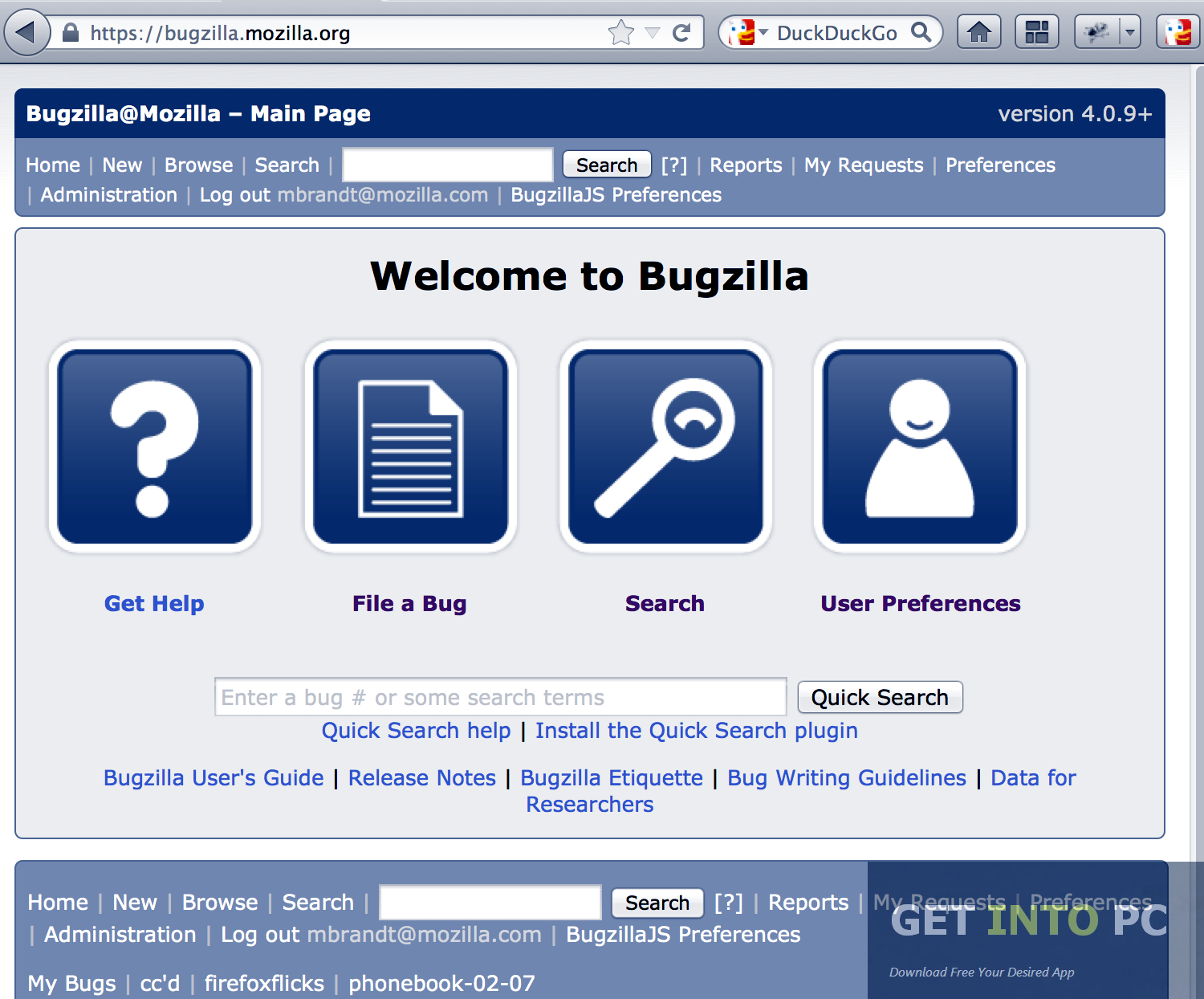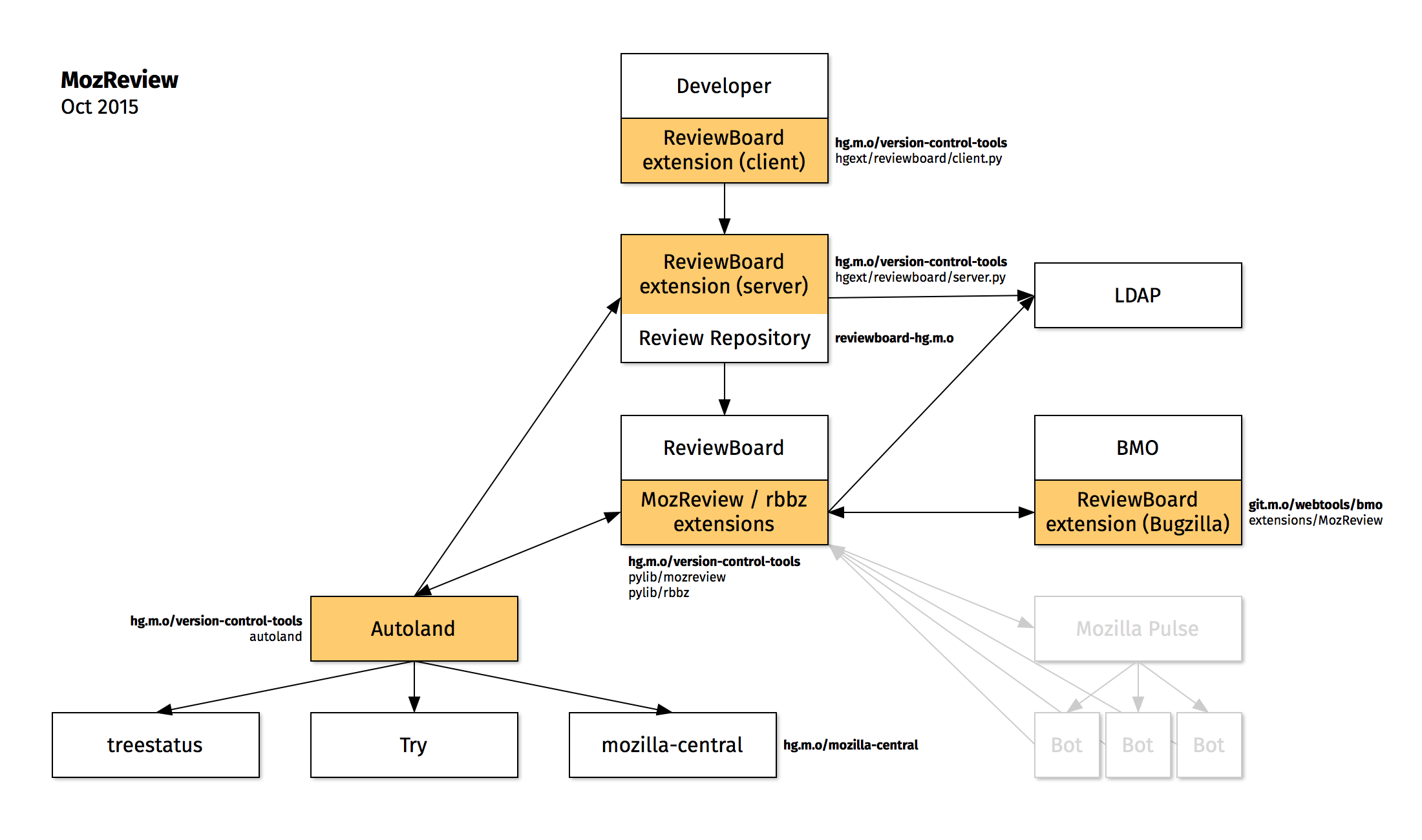
Originally, my LDAP entries below ou=users were simple entries with a structural object class "organizationalRole" and an auxiliary object class "simpleSecurityObject". Schema customizations to support Bugzilla
BUGZILLA LDAP PASSWORD
It uses the matching entry (M) to bind, in conjunction with the password entered on the login form.If a matching entry (M) is found, Bugzilla now tries to bind a second time.To match, an entry must have an attribute named LDAPuidattribute whose value is equal to the user name.The LDAP entry to match is searched below LDAPBaseDN.After the initial bind, Bugzilla tries to match the user name entered on the login form to an LDAP entry.Bugzilla binds to the directory using the LDAPbinddn parameter (or it binds anonymously if the parameter is not set, but my directory does not allow this).User has entered a user name and a password on the login form.In LDAP mode, when a user tries to login, Bugzilla does the following: New users therefore automatically inherit the appropriate rights from these groups.New users are automatically part of the groups canconfirm and editbugs because these groups have ".*" as the so-called "User RegExp" (i.e.

BUGZILLA LDAP INSTALL
If there is no Debian package for a dependency, also provides you with a command line that lets you install the Perl module locally, i.e. Important: The output of tells you for each missing dependency which Bugzilla feature is enabled by that dependency. Run to see whether any dependencies are missing, then install the corresponding Debian packages.Otherwise you may need to run this command: If you are doing this while logged in as root there is no need to change permissions.

If there is a bugfix version you will get that version (e.g. Replace "X.X" with the 2-digit version number of the stable release of Bugzilla that you want (e.g. The instructions here mostly reflect the stuff that can be found in the "Installation and Maintenance Guide" section of the Bugzilla documentation. The documentation, which is titled "The Bugzilla Guide", is actually a collection of guides, such as the "User guide", the "Installation and Maintenance Guide" and the "Administration Guide". Links to the documentation for different versions of Bugzilla can be found here.Note: The link above points to the Bugzilla 5.0 documentation - adjust the URL for the version of Bugzilla that you want to install.

check-modules (see "Installation" below) which will tell you which Perl modules are missing, and which Bugzilla features will be enabled by installing each module. I recommend to not blindly install all of the dependencies. The Installation and Maintenance Guide from the official Bugzilla documentation has a list of packages that they say are Bugzilla's dependencies. 5.2 Schema customizations to support Bugzilla.


 0 kommentar(er)
0 kommentar(er)
